
Time was, beloved patrons, when summertime meant nothing but re-runs. Endless, unremitting re-runs of the shows we had enjoyed over fall, winter, and part of the spring. But the evolution of television has opened new opportunities for how we tell visual stories–from mini-series to movie-length adaptations, and where we tell stories. The internet has revolutionized the way we watch tv and film. Moreover, the diversity of channels and options has raised the bar on the quality of those shows, as well.
So when we tell you that there are some sensational books coming to screens near you, you can be guaranteed these stories are the kind that will grip you, move you, scare you, and leave you hungry for more! The following are just a few of the books that are being adapted into shows that will be airing over the summer. We’ll be sure to keep you updated when these are available via DVD at the Library. And never fear–our round-up of movie adaptations will be along soon, too!
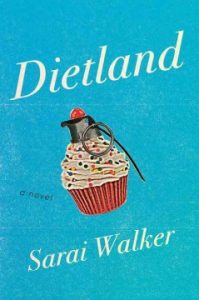
Dietland: After author Sarai Walker saw the film Fight Club, she became determined to write the female version, investigating all the themes of gender and sexuality that Fight Club did from a feminine and feminist perspective. The result was her snarky, subversive, outlandish and fascinating debut novel about a woman named Plum Kettle. Plum works as a ghostwriter for the advice column of a wildly popular teen magazine. After years of failed diets, weight-loss programs, and dreams of being thin, she decides to make an appointment for weight loss surgery. But while she waits for her surgery date, Plum finds herself recruited by an underground feminist cabal known as “Calliope House”, a group that soon clashes with a guerrilla group known as “Jennifer”, who has been carrying out increasingly violent acts of vigilante justice against those who mistreat women. Used to a life behind a mask, Plum suddenly finds herself at the center of a sinister–and deadly–plot. This dark comedy has been turned into a show by AMC, starring Joy Nash and Julianna Margulies. It will begin airing on June 4, 2018.
Little Women: Louisa May Alcott’s classic novel of the four March sisters has been made into yet another tv mini-series, starring Emily Watson as Marmee and the inimitable Angela Lansbury as Aunt March. We’ve had plenty of talks about Little Women here at the Free-For-All, and though it’s very much a product of its time in many ways, the book is also a remarkable story of resilience and determination that has encouraged generations of children to follow their dreams and believe in the power of love in its many forms. While I will personally be withholding judgement on this new adaptation for a little while, those of you willing to take the plunge into this new mini-series will find it airing on PBS beginning May 13.
Sharp Objects: Readers of Gillian Flynn’s dark thrillers will already know the power and pull of her stories–and anyone who saw the feature film Gone Girl will remember the way she can trick, tease, and turn viewer’s beliefs upside-down. Now, we have the chance to see the adaptation of her dark, twisty tale of journalist Camille Preaker, who is sent on the hardest assignment of her life: back to her small hometown to investigate the murders of two preteen girls. Camille has spent years trying to live down the weight of her judgmental, hypochondriac mother, or recover from the guilt she feels for abandoning her younger half-sister–but now that she’s back in her old bedroom, and once again enmeshed in her family’s and her town’s drama, Camille begins to realize that the truth is far more complicated–and far more personal–than she ever imagined. This adaptation, starring Amy Adams, will be airing on HBO in June.
C.B. Strike: Thought the title has changed a little, fans of J.K. Rowling’s Cormoran Strike series will feel right at home in this adaptation of the best-selling mystery series. After losing his leg to a land mine in Afghanistan, Cormoran Strike is barely scraping by as a private investigator: he’s in debt, his girlfriend has left him, he’s living in his office, and he’s down to his last client. But when Strike is approached by John Bristow, brother of a world-famous supermodel who recently fell to her death, he finds himself suddenly thrust into a world he never imagined. Bristow’s world is full of luxury, decadence, and seduction…but it also hides worlds of secrets, shame, and darkness that Strike needs to uncover before it’s too late. Based on J.K. Rowling (writing as Robert Galbraith), this show will begin airing on Cinemax in June, as well.
So make some popcorn, beloved patrons, and prepare for a summertime’s worth of literary entertainment!



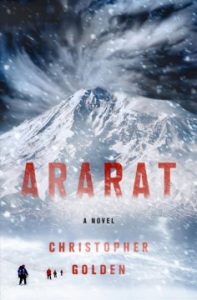 Winner:
Winner:  Winner: Cold Cuts by Robert Payne Cabeen
Winner: Cold Cuts by Robert Payne Cabeen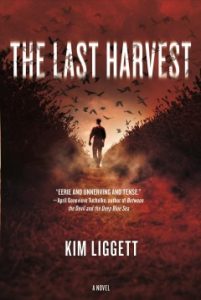 Winner:
Winner: 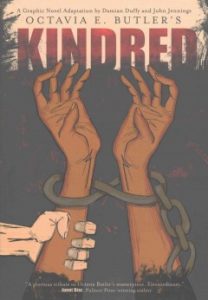 Winner:
Winner: 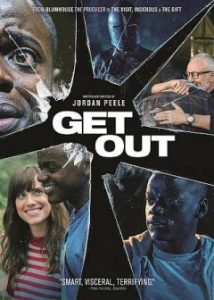 Winner:
Winner: 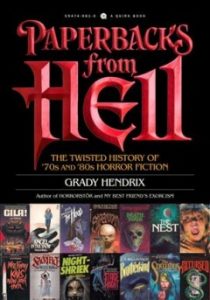
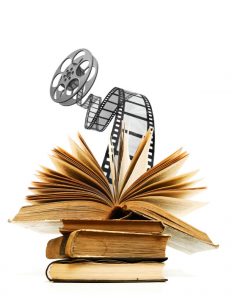
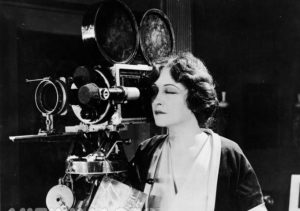 …but that doesn’t mean we can’t look forward to a few good literary adaptations in the near future, right?
…but that doesn’t mean we can’t look forward to a few good literary adaptations in the near future, right?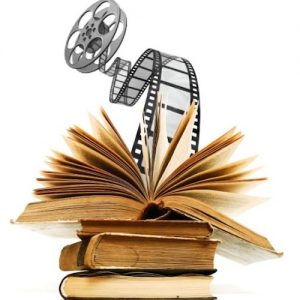
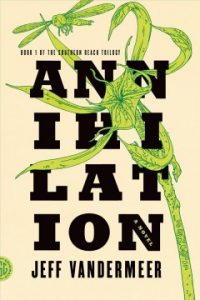
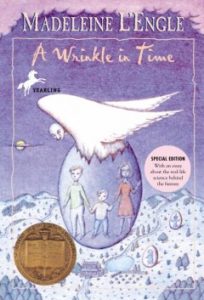
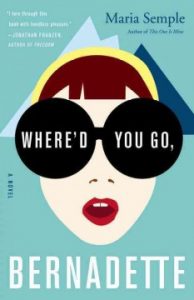
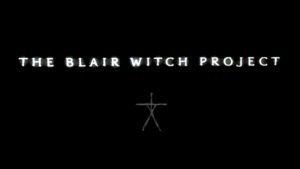
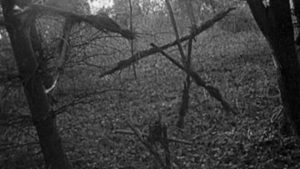 Anyways, looking back on The Blair Witch Project today (not the sequel, for which I had such high hopes)…it’s a bit campy. The plot doesn’t really hold up (they argue for 10 minutes out of an 80-minute movie about a map). The steady-cam makes everyone a wee bit nauseous. But what is does beautifully is harness our inherent terror of not knowing. And even though ‘found footage’ is a tough genre to do successfully, especially with today’s passion for special effects and IMAX panoramas and computer generation, I don’t think that fear of not knowing has dimmed at all. If anything, it’s probably gotten even stronger now that we have so many resources to look up anything we want, to know all we want…to dispel those shadows lurking in the corner…
Anyways, looking back on The Blair Witch Project today (not the sequel, for which I had such high hopes)…it’s a bit campy. The plot doesn’t really hold up (they argue for 10 minutes out of an 80-minute movie about a map). The steady-cam makes everyone a wee bit nauseous. But what is does beautifully is harness our inherent terror of not knowing. And even though ‘found footage’ is a tough genre to do successfully, especially with today’s passion for special effects and IMAX panoramas and computer generation, I don’t think that fear of not knowing has dimmed at all. If anything, it’s probably gotten even stronger now that we have so many resources to look up anything we want, to know all we want…to dispel those shadows lurking in the corner…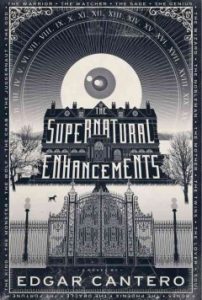
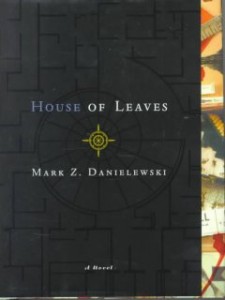
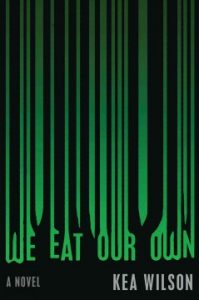 We Eat Our Own
We Eat Our Own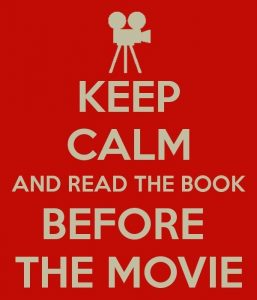 Anyways, there are precious few adaptations that I enjoyed more than the books–like
Anyways, there are precious few adaptations that I enjoyed more than the books–like 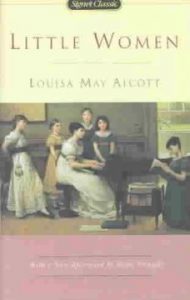
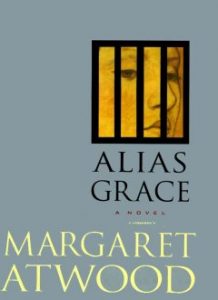
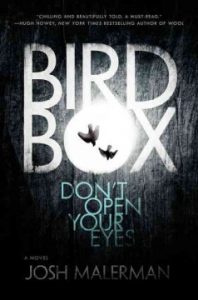

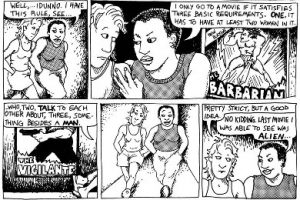
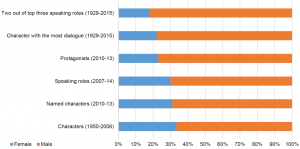
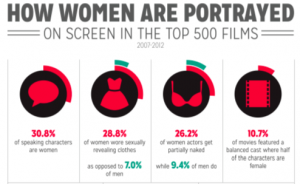
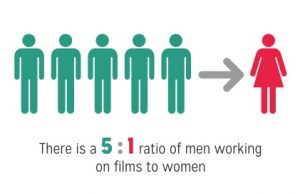
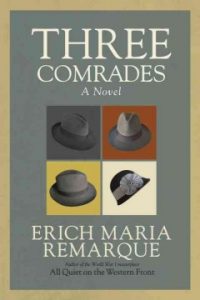 Three Comrades
Three Comrades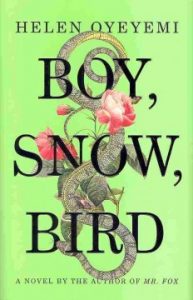 Boy, Snow, Bird
Boy, Snow, Bird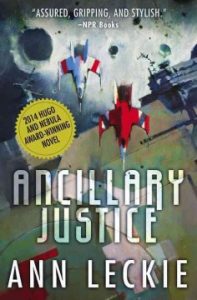 Ancillary Justice
Ancillary Justice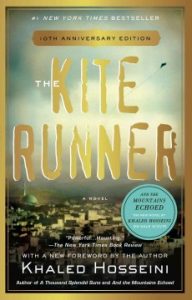 The Kite Runner
The Kite Runner